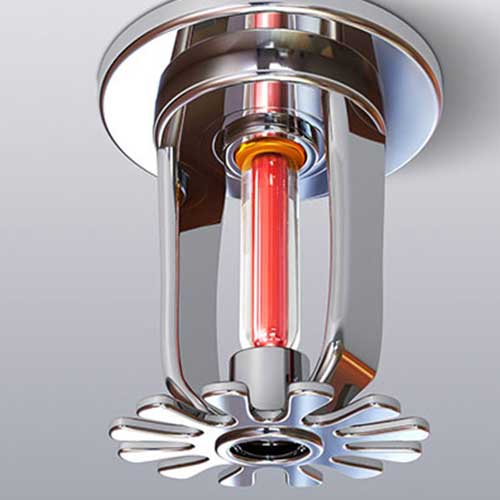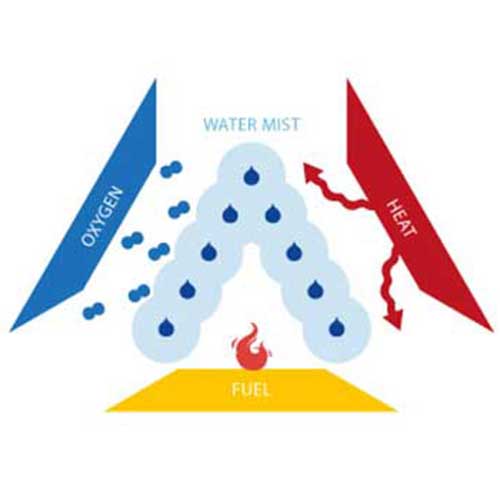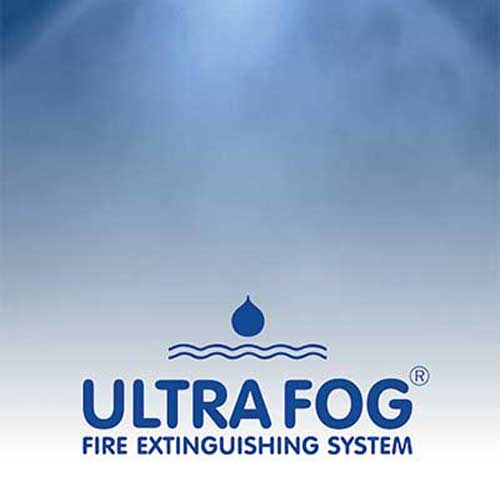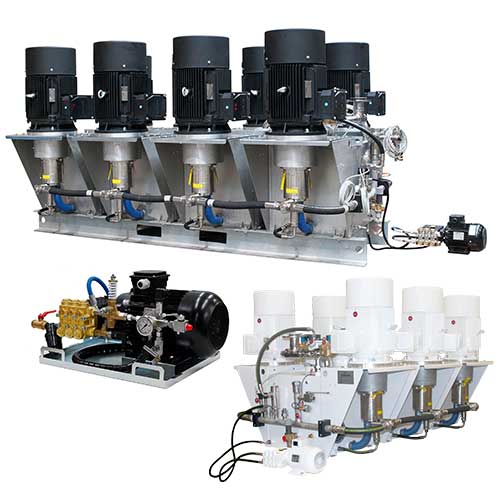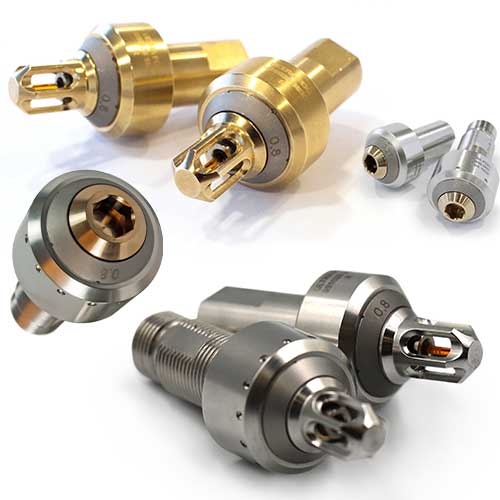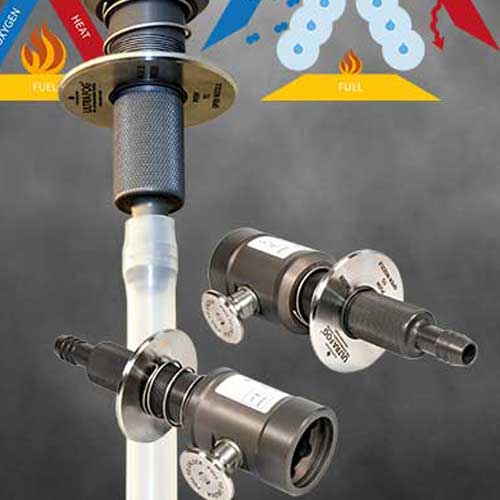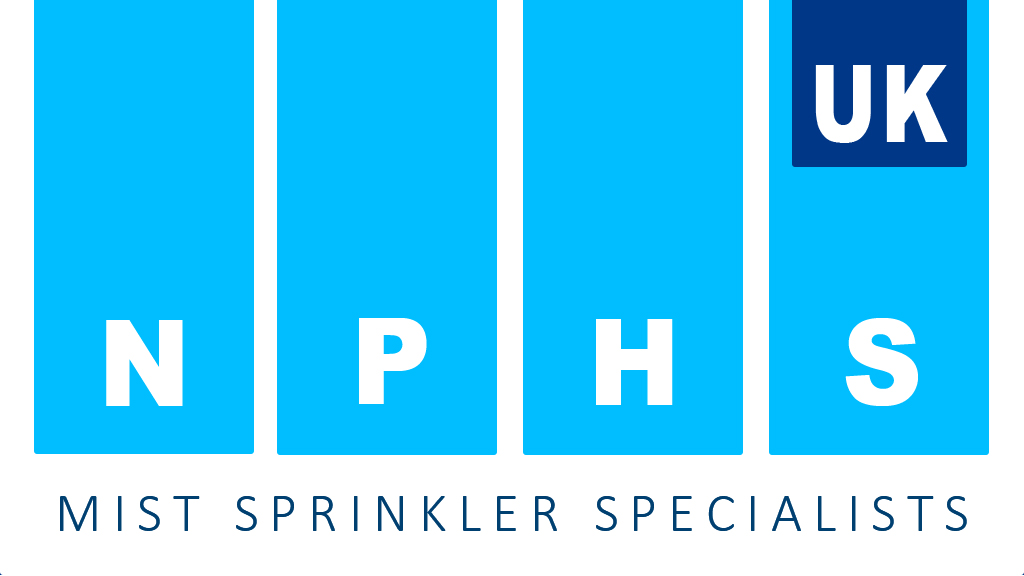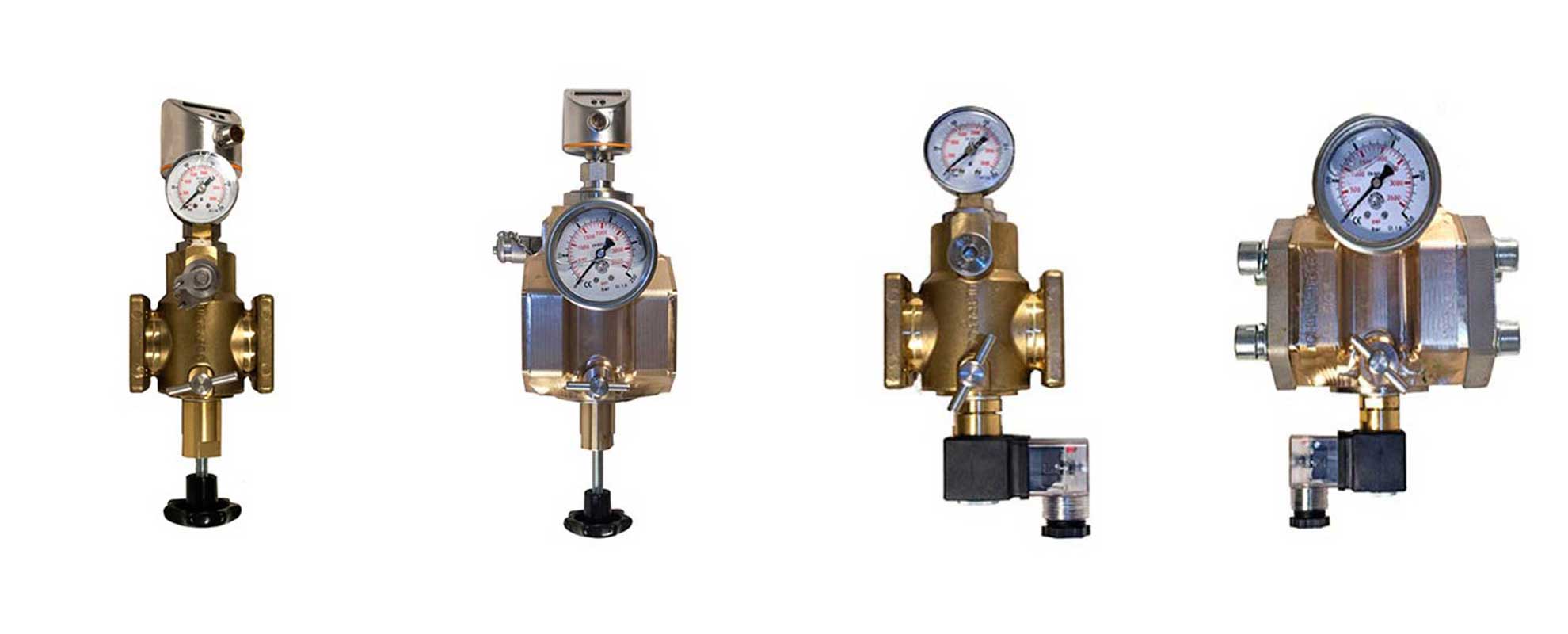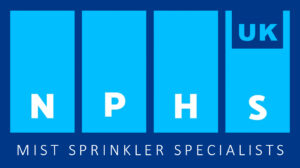— commercial water mist
Valves and Accumulators

— Commercial Mist
Applications
The section valve is used to divide the commercial water mist system into different sections. In the case of fire the sprinkler activates, causing flow through the valve. The flow is detected by the flow switch, which sends a signal to the control board, identifying the activated section.
An accumulator is an energy storage device: a device which accepts energy, stores energy, and releases energy as needed. NPHS-UK Accumulators are designed to accept energy at a low rate over a long interval and deliver the energy at a high rate over the approved water mist activation timeframe.
Electrical + Hydraulic
Section Valves
We can use both electric and hydraulic applications to best match wet/dry pipe property requirements.
Section valves are used to divide our sprinkler system into sections and are normally open and monitored. When there is water flow through the valve, it indicates a sprinkler has been activated and the high-pressure water mist system is automatically activated.
— Commercial: Water Mist
Quick Link
Scroll through our supporting articles:
